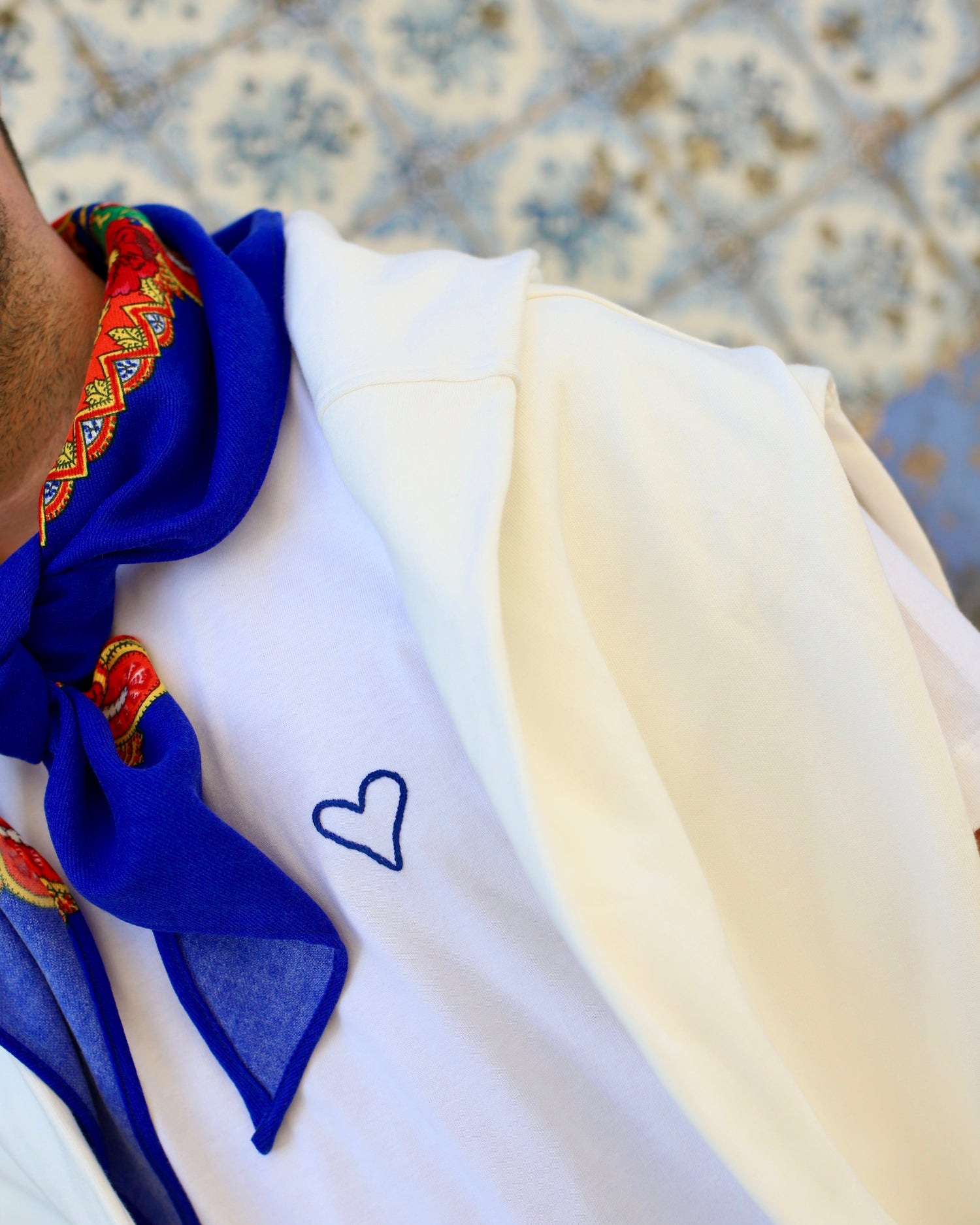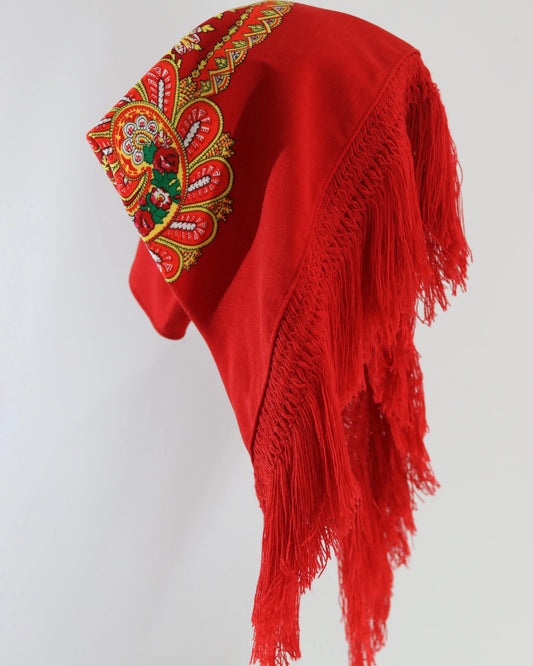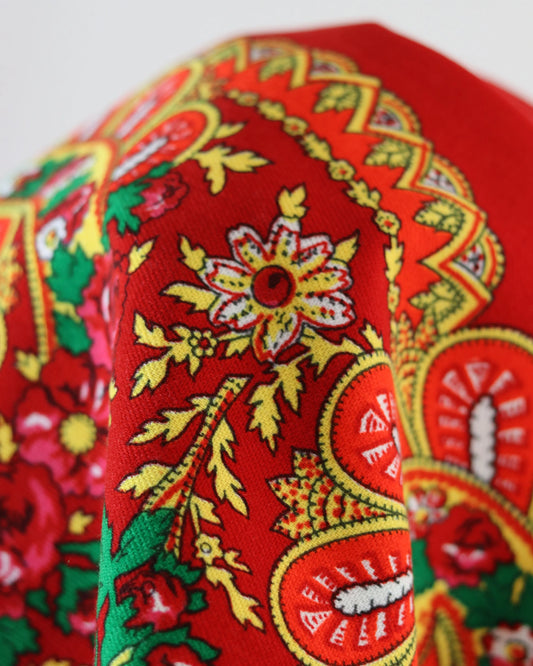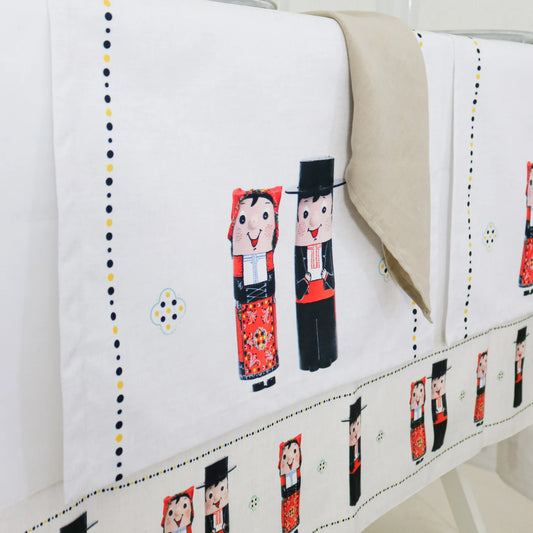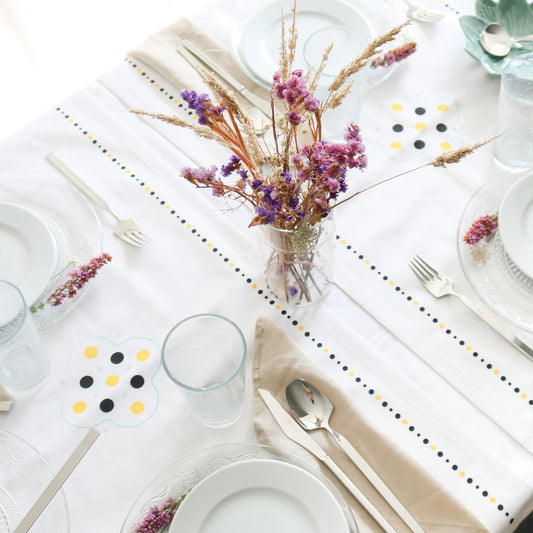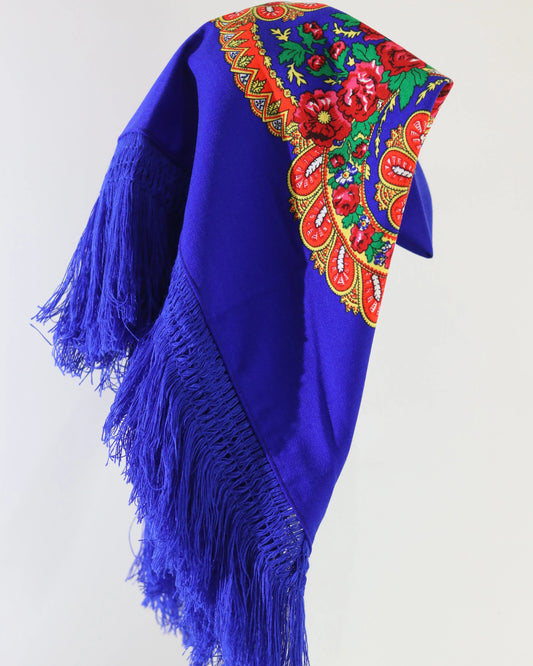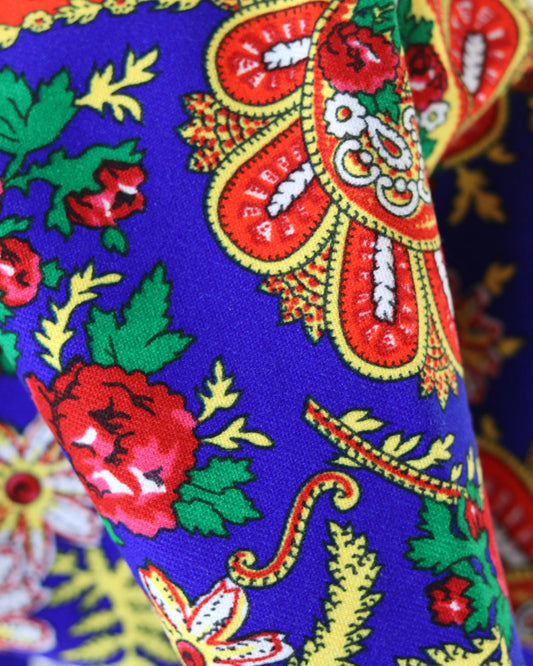Discover Viana through the lens of local photographers
Some cities reveal themselves slowly. Viana is one of them. At first glance, the basilica shines high above, the Lima River's precise aim toward the Atlantic, and the iron line connecting its banks. At second, textures begin to emerge: the wet slate in Praça da República, the damp green of the banks, the wind swirling the seagulls over Cabedelo. It's at the third glance, almost always with a camera in hand, that the city takes on a new meaning. The eye of local photographers has this gift for transforming everyday life into a visual narrative.
Why see the city through the eyes of a local photographer?
Those born or staying in Viana learn to read the light. They know by heart the moment the mist rises from the estuary and the minute the sun steals its last shadow on the flank of Santa Luzia. This precision isn't technical dogma. It's intimacy.
- The same corner changes mood with the tide.
- The sidewalk gives back the sky when it rains.
- In August, the red of hearts goes from the chests to the balconies.
Observing locals isn't just a list of spots. It's a rhythm. A cadence made of waiting, repetition, and a kind of respect for what only happens when the rush has subsided.
Angles that tell stories
Viana lends himself easily to close-ups. But the in-house photographers tend to look for angles that are far from picture-perfect.
Saint Lucy at dawn
The view is obvious, and yet there's room for the unexpected. The first piece of advice is to get there before sunrise. The city lights are still on, the sky is gaining density, and the valley's shadows are bitten by the light. Many powerful images emerge when the basilica is backlit, like a silhouette against the orange. A tripod helps. A soft graduated filter also helps.
Local tip: Instead of the central viewpoint, walk two minutes east through the pine trees. There, the view includes the bends of the Lima River and the bridge aligned with the mouth. Fewer people. More breathing room.
Eiffel Bridge with extended time
The bridge's ironwork resembles a metronome, marking the sound of the river. Long exposures at dusk soften the water and restore a rare serenity to the structure. Area photographers like to extend the shutter speed between 10 and 30 seconds, with a low ISO of f/8 to f/11. If the sky cooperates, the lines gain depth.
Another local approach: on windy days, shoot from below, near the east pillar. The vibration of the road creates a slight tremor, which at medium speeds gives an interesting jitter to the car lights.
Republic Square on rainy days
The square is an amphitheater of reflections. When it rains, the stone becomes mirror-like, and the arches double in height. Many seek out the narrower arch, near the Misericórdia, for natural frames. With a short telephoto lens, people pass by like notes on a staff.
When it's not raining, the fountain's shadow at midday creates a compass that's best read from a nearby balcony. If you have access to the first floor of a café, this vantage point is golden.
Cabedelo, when the wind speaks loudly
The wind is the protagonist. Kites and sails paint the sky. In the late afternoon, the sidelight makes the grains of sand visible, almost like a beautiful sound. Panning at 1/30 or 1/60 with the surfers delivers movement without losing clarity. 70 to 200mm lenses provide distance and respect.
Rio residents defend the dunes like they protect a rare photo. Stay on the boardwalks. Photographs come out better when the place breathes.
Gil Eannes, stories with rivets
The hospital ship is an engine room for the imagination. There are lines, stairs, textures. The bow, profiled against the sky, calls for black and white. Inside, the light cut through the round windows creates circles reminiscent of old cinema. Those who know the ship well enter early in the morning, when the surfaces are still cold and people are scarce.
Carreço and the mills without haste
The white sails in Carreço, aligned with the sea, are an exercise in composition. A natural triptych. On northerly days, the sails form tense triangles. On calm days, they almost fall asleep. Several photographers work here with 35mm fixed-focal lenses, forcing themselves to walk, seek height, and stretch the horizon.
Serra d'Arga and the falling water
It's not the center, it's a shelter. The mountains hold waterfalls and boulders that demand shoes and time. In a humid spring, the vegetation saturates the green. ND and polarizing filters work wonders. The light is capricious, entering through cracks. It's best to keep the ISO low and accept longer exposure times, even without a tripod, by leaning the camera against a rock.
A visual itinerary in 48 hours
A realistic proposal, with room for unforeseen circumstances and for light to dictate priorities.
Day 1
- Dawn in the churchyard of Santa Luzia and trail through the pine trees.
- Quick coffee in the center, passing through the square to capture life waking up.
- Afternoon at Gil Eannes and pier, looking for portraits of those who work on the river.
- Sunset in Cabedelo, with panning, backlighting and silhouettes.
Day 2
- Eiffel Bridge at sunrise with long exposure.
- Areosa and Carreço in the middle of the morning, wind in favor if it appears.
- A leisurely lunch and a stroll through the narrow streets, eyes on the tiles and balconies.
- Deep blue at the end of the day seen from the shore, with reflections of the houses.
If it rains, even better. The shine on the ground and the breath from the shop windows give the city a cinematic feel.
Calendar of lights and parties
Local photographers organize the year by light, tides, and traditions. This chart helps you plan:
| Month | Main reason | Typical light | Practical notes |
|---|---|---|---|
| January | Rough seas on the coast and low fog in Lima | Cold, blue, short windows | Splash and wind protection. Subdued colors favor black and white. |
| March | First flowers in the mountains and nervous sky | Variable, fast clouds | Useful polarizer. Four-season days call for flexibility. |
| May | Translucent mornings and a lighter city | Smooth, stretches | Great for street portraits. Open shade in the archways. |
| August | Pilgrimage of Agony, costumes, processions at sea | Lasts in the middle of the day, golden in the late afternoon | Respect for other people's space. Short telephoto lenses and genuine smiles. |
| October | Autumn in the Lima Valley, vineyards and fog | Warm, low, strong textures | Long blue hours. Mirror-like water. |
| December | Low light and early nights | Very oblique, long shadows | Period lighting reflects off the river and sidewalk. A tripod makes a difference. |
Every month holds surprises. The only rule that holds true is to be there.
Techniques beloved by those who photograph here
- Long exposure in the estuary to soften the skin of the water and accentuate the geometry of the bridge.
- Backlighting on costumes during parties, preserving faces when they ask for privacy.
- Panning with cyclists on the shore, choosing a background with color and repetition.
- Drone only where allowed, early, when the wind is still asleep.
- 35mm film in the markets. A grain that counts time. But always with the permission of the subjects.
- Macro of tiles, doors, doorknobs and small hardware that tell the story in detail.
Edition with a Minas Gerais accent
There's a palette that emerges from here. It's more than saturation and curves.
- Greens with a touch of moss for the banks of the Lima.
- Blues with slight cyanosis on northerly days.
- Bright reds in the hearts, without being excessive. A little local contrast adds character to the embroidery.
- Protected lights in the August sky. Recovering shadows without erasing the time.
Locations avoid standardization. The city changes its appearance over time, and editing follows suit. Not everything needs razor sharpness. Not everything needs HDR. Sometimes, a subtle grain at ISO 800 in a cafe says more.
Simple rules of etiquette and care
Viana photographs herself with the same delicacy with which she crosses a bridge in the wind.
- Ask permission for direct portraits. A nod solves half the cases.
- Don't invade processions or rehearsals. There are moments that belong to those who experience them.
- Respect dunes and sensitive areas. Walkways exist for a reason.
- Avoid flash in antique interiors and museum pieces.
- Share credits when photographing the work of artisans, embroiderers, and musicians.
- Keep your trash with you. Your backpack holds more than just cameras.
Where to find the community
You learn a lot by walking alongside someone who knows the corners.
- Photography tours organized by local photography shops and collectives. Many are free and themed.
- Regular exhibitions at the Cultural Center and on the museum ship. Programs that showcase new and veteran authors.
- One-off workshops in studios and cafes. From basic to advanced, with a practical focus.
- Informal groups that organize sunrise outings on social media. Communicative and welcoming.
A morning shared with a group like this is worth more than a hundred videos watched running.
Pocket Equipment and Tricks
It's not the kit that makes the photograph, but there are choices that help in the city.
- 24 or 28mm lens for streets and interiors. 35mm as a Swiss Army knife.
- Short telephoto lens 85 or 135 mm for portraits at a respectful distance.
- 6 and 10 stop ND filters for river and coast.
- Lightweight tripod for long exposures and blue hours.
- Protection against salt and sand. Simple waterproof bags work wonders.
- A well-versed smartphone: manual mode, exposure lock, controlled HDR. Tide and sun position apps save plans.
Quick settings that result:
- Street with mixed light: ISO 400, f/4, 1/250, meter in the shadows of the face.
- Cabedelo with wind: ISO 100, f/8, 1/30 for panning, stabilization off during movement.
- Bridge at dusk: ISO 100, f/11, 10 seconds with ND, manual focus on the third of the bridge.
Routes beyond the center
There are worlds around.
- Afife: wide beach, rocky outcrops, pools with reflections of the end of the day.
- Montaria and the waterfalls: short trails, clean water, moss like a carpet.
- Areosa: pieces of history in geology. Textures for macro and low wide angle.
- Darque and the gardens on the south bank: discreet portraits, rows of flowerbeds, foggy mornings.
- Carreço already mentioned, but in the late afternoon the lighthouse adds graphics.
Bring a map and time. The signal isn't always strong. It's even better.
Visual clues that go unnoticed
Little secrets that locals use for a different touch.
- Reflections in old shop windows on Rua Manuel Espregueira. Layers of past and present in the same frame.
- Windows with lace curtains, interior light in the late afternoon. Soft silhouettes.
- Cyclists leaving the old bridge, framed by the pillars. Beautiful backlighting on clear days.
- The steam from the luncheon taverns rising into the cold street. An irresistible contrast between hot and cold.
- Pigeons and seagulls circle over the boats at the dock. Repeated shots require patience and short bursts.
Stories in pictures, no rush for captions
Some photographs resist lengthy explanations. Even so, there are small plots that help describe the place.
One August day, a garment embroidered with years of patience rests for a second in the shadow of an archway. A glance meets the lens, not to pose, but to gauge the distance. A brief smile seals the deal. The click captures the gold thread and the dignity of its wearer.
Another morning, the river is as smooth as glass. A fisherman unties his line with his left hand and holds his cap with his right, laughing at the wind. The photo doesn't show laughter, but the rippling water behind it says it all.
At night, the funicular's lights trace lines on the Santa Luzia hillside. A bicycle passes by, the photo fails three times, and the fourth time it stays. The error is part of the city's metabolism.
How meteorology weaves the narrative
In Viana, time is a co-author. There are winds that change planes, there is a sea that pushes back inland, there are fogs that give the city an air of secrecy.
- Strong northwest: go inwards, narrow streets, seek visual shelter in arcades and interiors with high windows.
- Dry east and clear skies: coastline for portraits, sharp contours on telephoto lenses. Beware of heat turbulence.
- Gentle rain: luxurious reflections, umbrellas as graphic characters, washed-out colors.
Accepting what the day brings rarely fails. It forces us to see with new eyes.
Photography of people, with humanity
The city thrives on people. Embroiderers, fishermen, students, gentlemen in berets at the door. Taking pictures without invading requires simple strategies.
- Start by photographing gestures, hands working, details that don't expose faces.
- Greet. The street is someone's home.
- Show the photo when asked. Delete it if you want. No drama.
- Avoid photographing children without clear permission from their caregiver.
Well-cared-for candid portraits last forever. And they open doors.
Small series that are worth a project
Instead of collecting postcards, think in sequences.
- Viana Doors: color, wear, hardware, old letters.
- Shadow at Midday: Hard Shapes in Stone and Iron. Black and White Series.
- Wind in Cabedelo: from the sea to the city, objects reacting. Fabrics, trees, flags.
- Morning silence: empty streets, first steps, bread smoke coming out of bakeries.
Series provide discipline. And they allow you to return to the same topic with a more refined perspective.
The economy of detail
Within a small perimeter, Viana changes with every step. The secret lies in what is often overlooked.
- The Portuguese sidewalk has unusual patterns near the fountain.
- The tiles vary from century to century and from technique on the same street.
- On the balcony railings, rust draws maps.
Work with a narrower aperture, zoom in, look for open shadows. And accept that a single detail can hold up an entire essay.
Post and share without losing your signature
When the time comes to show, it's worth maintaining consistency.
- One palette per series, not per photo.
- Sequences with rhythm: open with a strong image, alternate breaths, close with silence.
- Captions that add useful information without explaining everything. Date, place, minimal context.
The local community responds well to intentional work. And it invites more.
An invitation to the first light
The best time to realize that Viana has infinite faces is when the city still yawns. Leave early. Climb a little, go down to the water, walk through the center. If the wind dictates, change your plan. If the rain arrives, smile at the mirrored floor. Photography is less about control and more about being. Here, that makes perfect sense.



